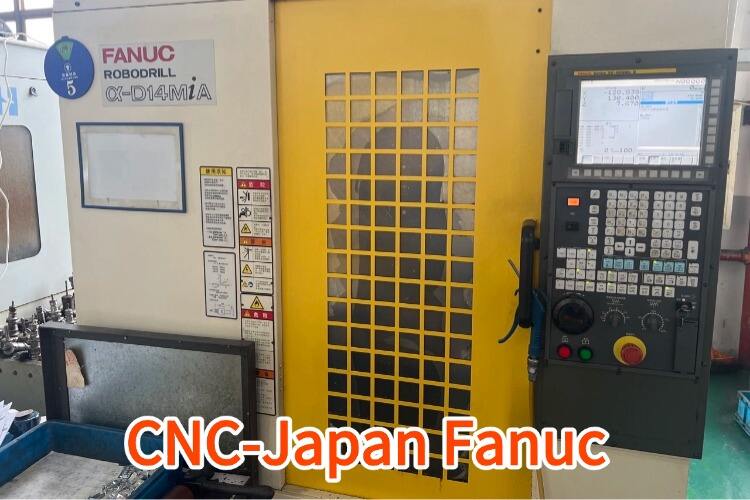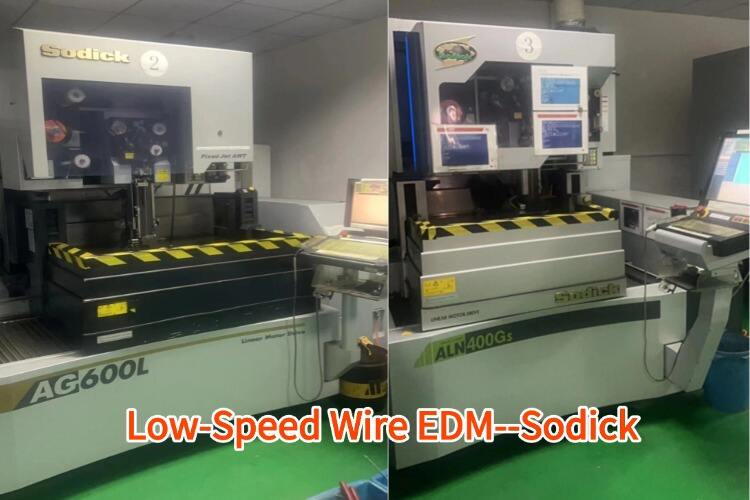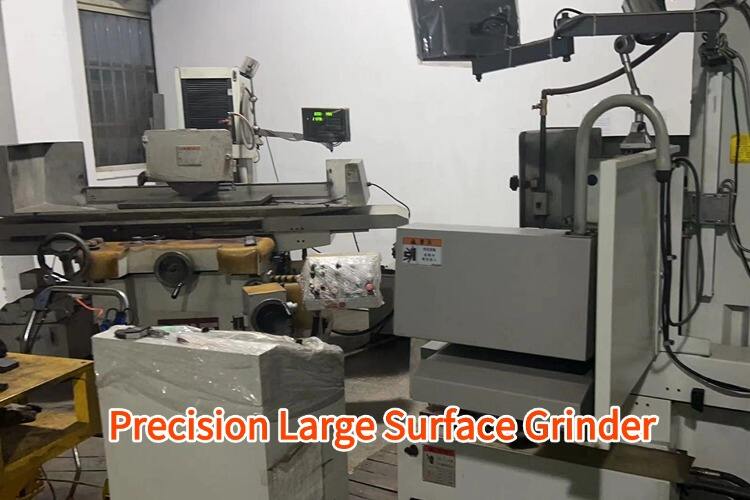heat treatable aluminium alloys
Heat treatable aluminium alloys represent a sophisticated class of materials that can be strengthened through controlled heating and cooling processes. These alloys, primarily from the 2xxx, 6xxx, and 7xxx series, undergo specific heat treatment procedures including solution treatment, quenching, and aging to achieve enhanced mechanical properties. The process involves heating the alloy to a specific temperature to dissolve alloying elements, rapidly cooling to create a supersaturated solution, and then allowing controlled precipitation of strengthening particles. This results in significantly improved strength, hardness, and durability compared to non-heat treatable variants. These alloys find extensive applications in aerospace, automotive, and structural engineering sectors, where high strength-to-weight ratios are crucial. Their ability to be formed into complex shapes while maintaining excellent mechanical properties makes them invaluable in modern manufacturing. The heat treatment process can be precisely controlled to achieve specific property combinations, offering manufacturers the flexibility to tailor material characteristics to specific applications.


